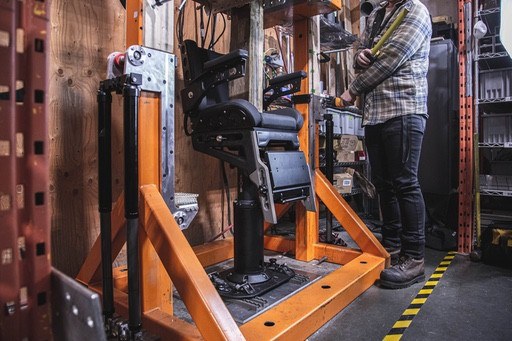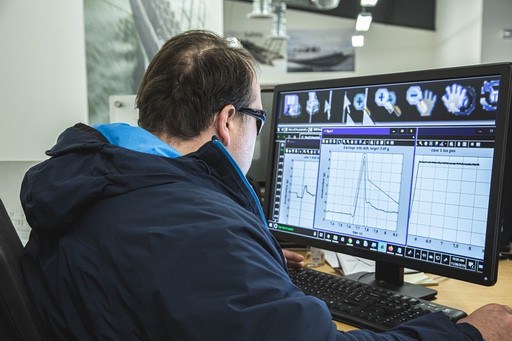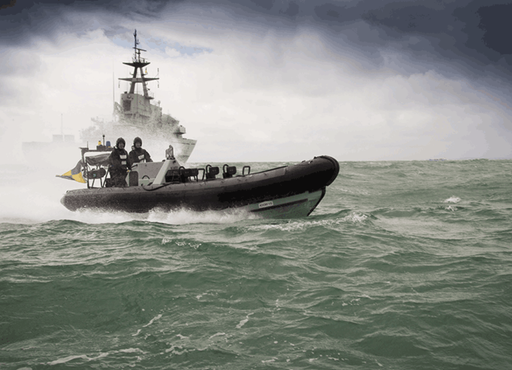-
United Safety & Survivability Corporation
101 Gordon Drive
Exton, PA 19341, United States - 610-265-3610
- info@shoxs.com
You have no items in your cart, add some on the products page.

In most industries, products evolve and improve in a cyclical fashion with ever-advancing measurement methods. As the saying goes, if you cannot measure it, you cannot improve it. The introduction of better measurements gives designers new opportunities to innovate and create value. An aversion to measurement can lead to stagnation or poor designs, and a lack of evaluation can stymie an entire industry. Until recently, this has been the case in the marine seating industry, where many older designs went unchallenged.
The above problem was recognized by scientists from major fleet agencies, and dedicated steps were taken to fix the situation. Collaborations across the Atlantic led to the development of the UK Ministry of Defense's Protocol 1&2 and the US Navy's seat-testing requirement. Since 2015, these documents and the tests they define have been used in in several major procurement programs, and they have forced industry to take note. The tests require careful measurements in a controlled environment, impact severity assessment algorithms, and standardized reporting formats that allow for direct comparison between competing products.
Read more on the EU Directive regarding exposure levels to shock and mechanical vibration.

The tests require that suspension seats are attached to the deck of a drop-test rig, loaded with weights, and raised to various heights, then dropped. The deck lands in a sand basin or any other medium that generates an impact signal that lies within the specified tolerances. The impact signal tolerances are selected to mimic the important characteristics of a hull-wave impact, including impact magnitude and duration. As the drop height is increased, the impact magnitude also increases, and tests are specified to assess the seat's response across a range of severities.
Data from accelerometers attached to the seat is filtered and processed to determine the seat's response in a manner relevant to human health. The same calculation is performed for the acceleration measurements made on the deck, and the two results are compared. If the seat has reduced the impact severity, the calculated response at the seat will be less than that at the deck, and if a seat has performed poorly its calculated response may exceed the measured value at the deck.

It is true that the tests are limited to the vertical component of shock, but that is by design. The dominant axis of impact on the water is vertical, after all, and there are currently no standardized methods for assessing multi-directional impact mitigation. With only a small amount of lateral movement available, the laws of physics prevent a seat from achieving significant lateral mitigation. Even worse, as experience with testing of vertical impact mitigation has shown, there is a high likelihood that a seat capable of lateral mitigation in mild conditions might severely amplify impacts in moderate to harsh conditions. In any case the lateral performance will largely depend on occupant mass and impact magnitude, and carefully designed, systematic tests would be required.
SHOXS has taken a measurement-driven approach to the problem of marine shock mitigation. The company has remained actively involved with the scientific work and has contributed to international standards development efforts. SHOXS has a drop-tower that continues to see regular use and recently underwent a major upgrade to increase its capabilities.
SHOXS is driven by the desire to test, optimize, and re-test its seats to deliver the best configurations for every application. We are constantly assessing our approach, looking for new ways to improve, and striving to measure our performance. After all, if you cannot measure it, you cannot improve it.
